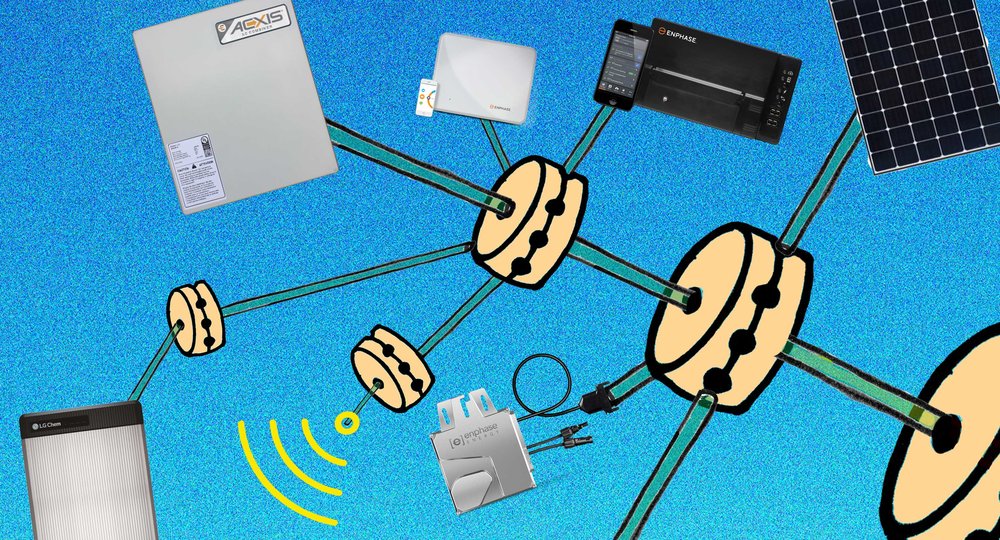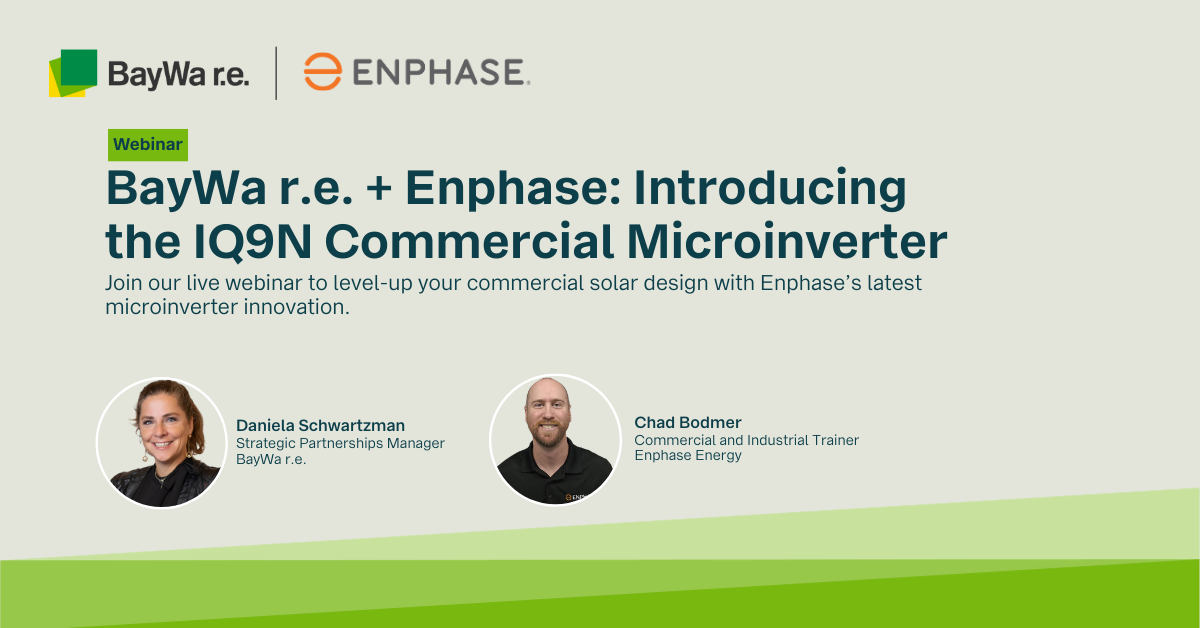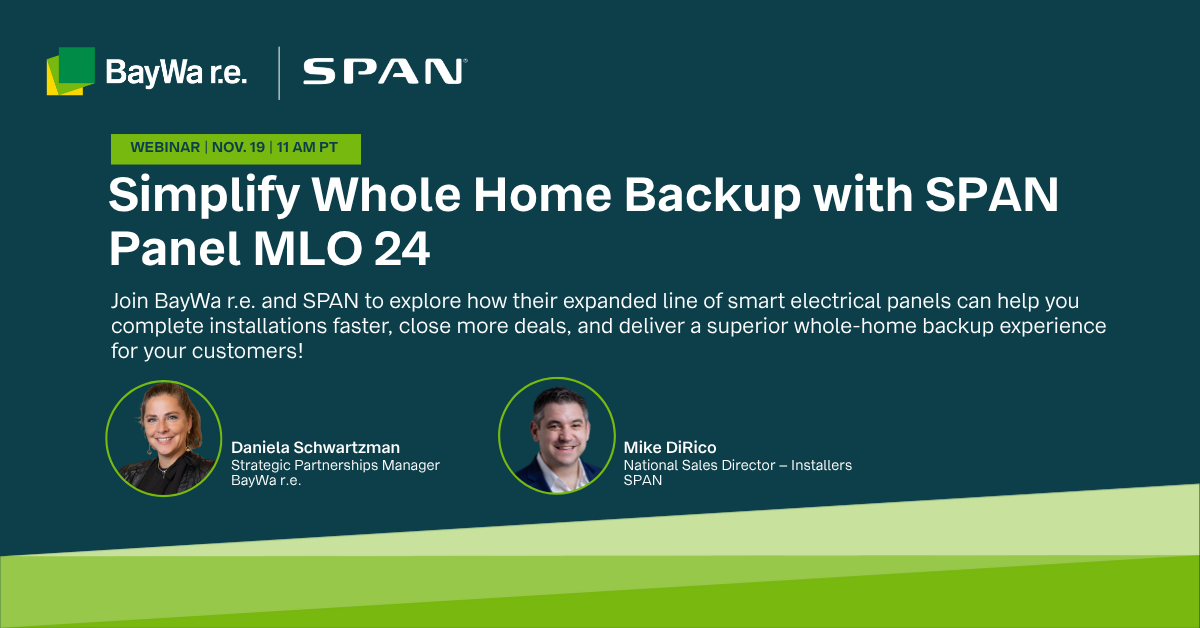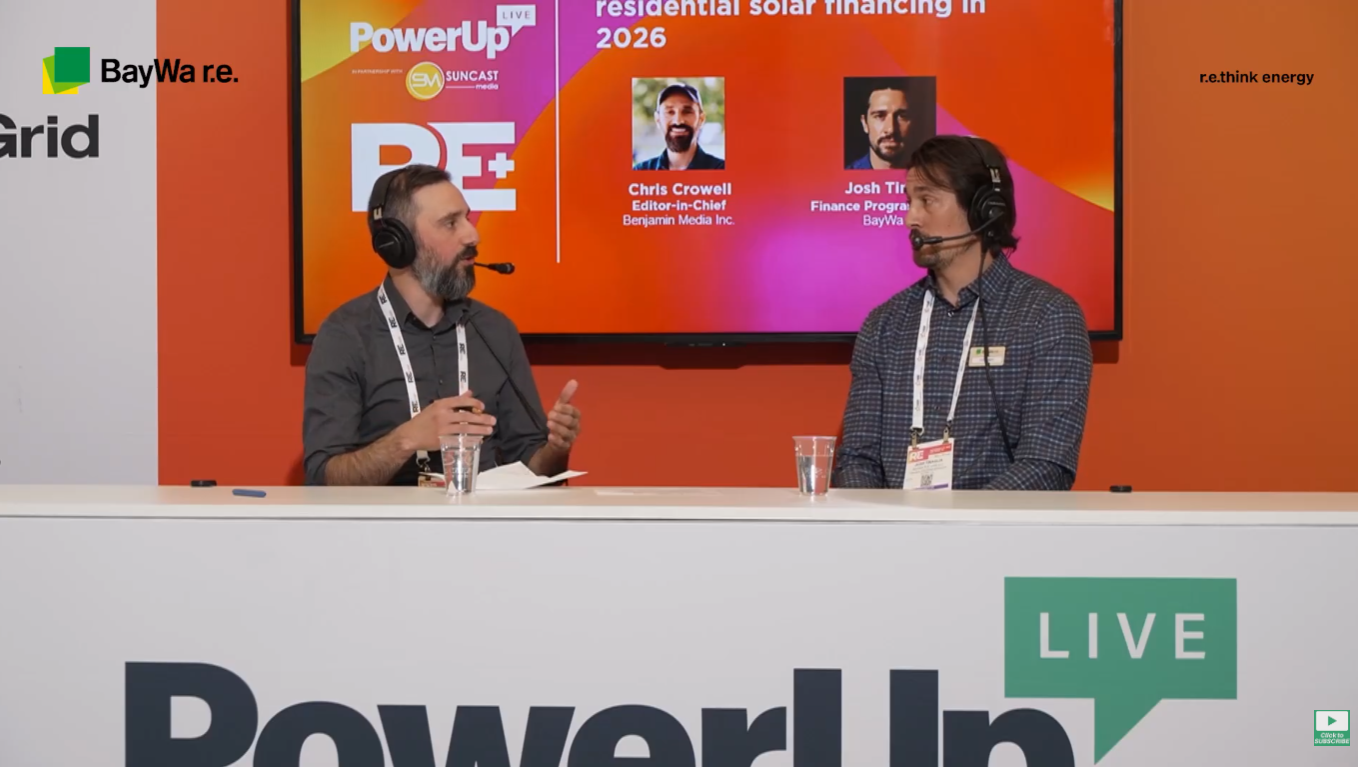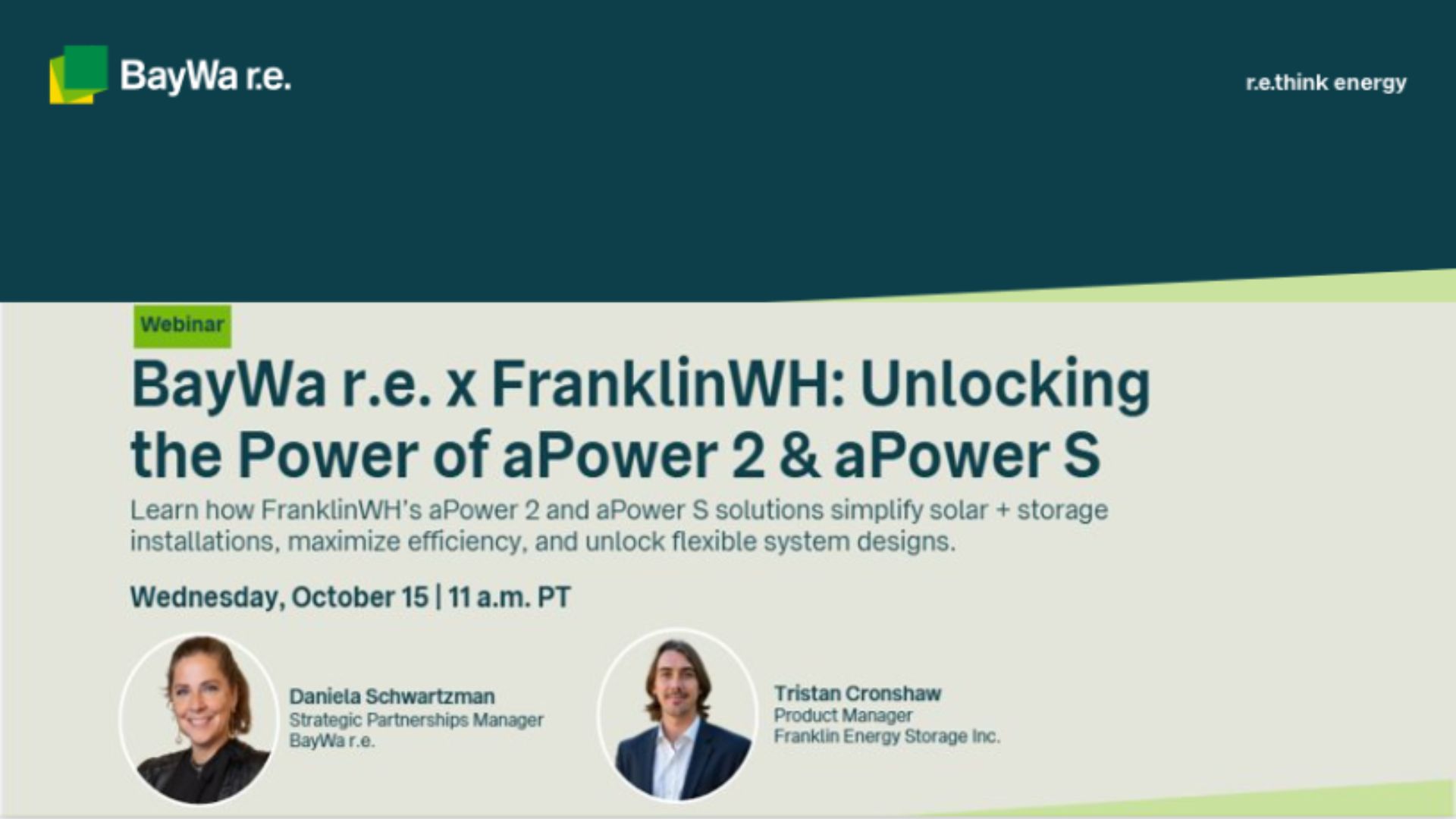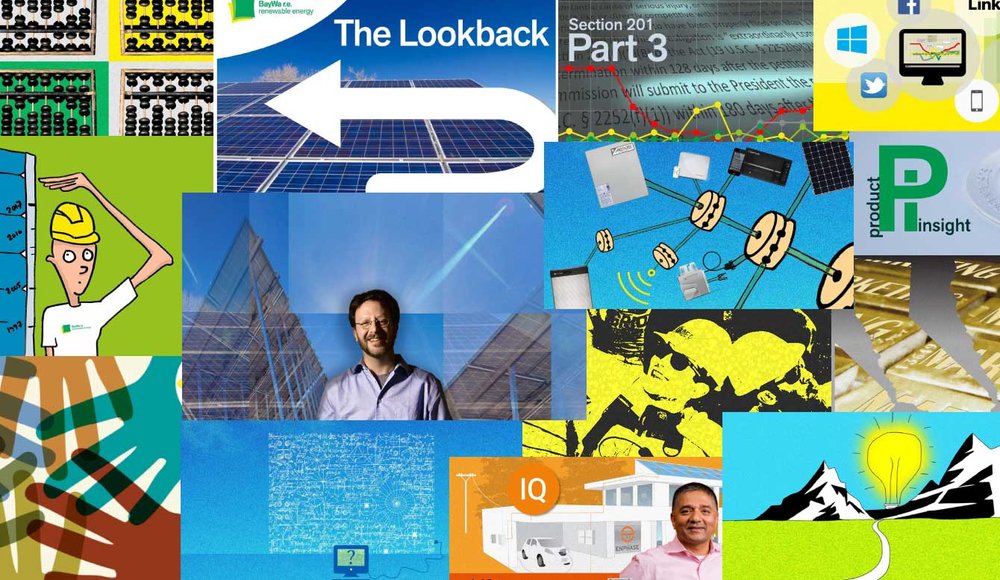
Since the launch of Solar r.e.view in March, we’ve brought you over 30 feature-length articles, interviews, and a variety of podcasts and videos with tips and tactical advice on how to run efficient and healthy solar businesses.
As 2017 comes to a close, we pulled out some key ideas from this year’s most shared and popular articles.
1) Boaz Soifer on the “maturing solar industry.”
“We have seen prices fall and margins fall to a level that most companies have to figure out now what they’re good at and do it! [Laughs] Instead of continually being in the self-invention game.
This is ‘growing up’ time. A distributor has to figure out how to be a great distributor. A contractor has to figure out how to be a great contractor, or a great service provider, or whatever it is they are positioning themselves as. Figure it out.”
***
Read more: ‘Growing Up’ Time: Boaz’s thoughts on the Suniva trade case, maturing as an industry, getting more efficient, and what makes BayWa r.e. different
2) The future of energy storage
Chris DeBone – E-Gear: “Distributed energy storage can solve many more technical issues than centralized energy storage, regardless of where you are in the world. The utilities are trying to figure out the best ways to size storage and the solar industry is trying to entice the utility to go where they think the utility should be.
There’s room on the grid system for storage to be included everywhere, from the generation plant to the edge of grid. But to truly solve the problem of saturation, as solar continues to carve out more and more generation across the country, energy storage at the edge of the grid—distributed—can solve every issue of central storage, in addition to the secondary circuit issues. Voltage, real v. reactive power, frequency. And non-wire solutions.
So when you look at all the different things that energy storage can do from the utility’s perspective, you gain much more value the further down toward the edge of grid you go. That’s becoming clear to everybody. But what the utility’s role is in that is still out for the jury to decide.”
***
Read more: Engineered Aggregation: Energy contracting, storage, and the future of solar, with E-Gear’s Chris DeBone
3) The future of Enphase, with Raghu Belur
Raghu Belur – Enphase: “It’s perhaps a bit ironic for an inverter manufacturer to say this: but what we want is for the inverter to disappear. We want the inverter to melt into the module itself. So that is a key focus. And in order to to do that, there are certain criteria that the inverter needs to have: heat dissipation; weight; size; there’s the mechanics behind it; there’s the business model behind it—which is dramatically different than what we’ve done in the past because we’re now selling to large module manufacturers and working with them, in the field, to support our customers.
And we had a very similar mentality as it relates to storage. Again, the simplicity is there with the plug-and-play nature of the AC battery. And then in the home energy system, which is incorporating solar, storage, and energy management, in a very simple way. And all of this is happening as we speak: the AC module is in the channel today—people are buying and installing it. We’ve been selling the AC battery for almost a year now, along with the home energy management system.
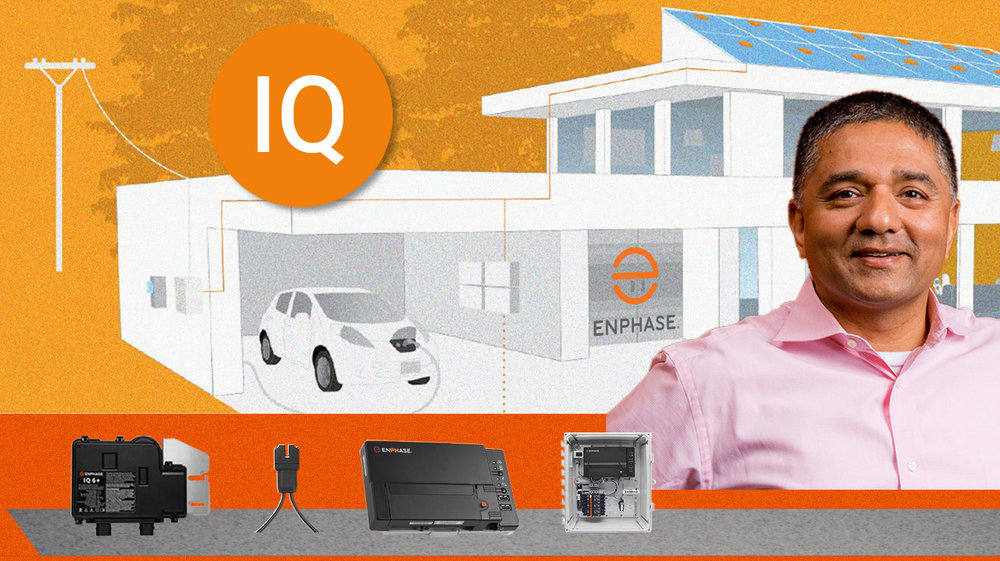 If we look out a little bit more, our next generation technology, which we’re looking at the end of 2018 to introduce, is all about ensuring that the solar installation is going to work whether the grid is there or not. This is a truly autonomous energy system for a distributed platform.”
If we look out a little bit more, our next generation technology, which we’re looking at the end of 2018 to introduce, is all about ensuring that the solar installation is going to work whether the grid is there or not. This is a truly autonomous energy system for a distributed platform.”
***
Read more: How to Make an Inverter Disappear: Smart homes, the AC Module, solar going mainstream, Suniva, and more, with Enphase’s Raghu Belur
4) Don’t waste time on Yelp (if you don’t need to)
Chris Williams – EnergyCircle: Correct. One of the questions we get asked a lot is, What review sources should I be looking at? But what’s interesting is that the review platform importance varies by region.
If you search yourself in California or the Bay Area, Yelp is very important for solar reviews. However, if you search yourself in Massachusetts, Yelp is hardly ever in the top ten. For some reason, Google has decided that Yelp reviews in Massachusetts aren’t very important.
By searching for yourself or your competition in your area, Google will tell you which review platforms are important in your area.
Tom: In other words, you shouldn’t be asking customers for Yelp reviews if they’re not applicable in your area?
Chris: Correct.
Read more: How Good is Your Web Presence? Part 1: Improve your lead tracking, web search, reviews, website optimization, and more, with Energy Circle’s Chris Williams.
5) Boaz on booking job deposits as income
 “When a contractor sells a project, it is common to require a deposit from the end-customer. For many contractors, this deposit is 30-50% of the project value, justified as needed to purchase materials for the job and do various pre-site tasks like design, permitting, staging, and mobilization.
“When a contractor sells a project, it is common to require a deposit from the end-customer. For many contractors, this deposit is 30-50% of the project value, justified as needed to purchase materials for the job and do various pre-site tasks like design, permitting, staging, and mobilization.
If this initial deposit is booked as income it can cause the Income Statement (Profit and Loss or P&L) to be misleading. That is because this deposit could be booked far in advance of incurring any costs on the project, causing income to grow disproportionately to Direct Costs for that job (Cost of Goods Sold (COGS), and Job Labor). If income is booked substantially in advance of Direct Costs, gross profit will appear to be significantly higher than it actually is.”
***
Read more: Accounting Matters: Job Deposits: How booking job deposits as ‘income’ can lead to big headaches down the road. By Boaz Soifer
6) Will software solve all my problems? Probably not.
Pam Cargill, Cholysti: “I’d say there’s a general perception that there’s an app out there for everything and anything—especially in the kind of world we live in now. That’s the thinking that is dominating in the US. Especially out here in California!
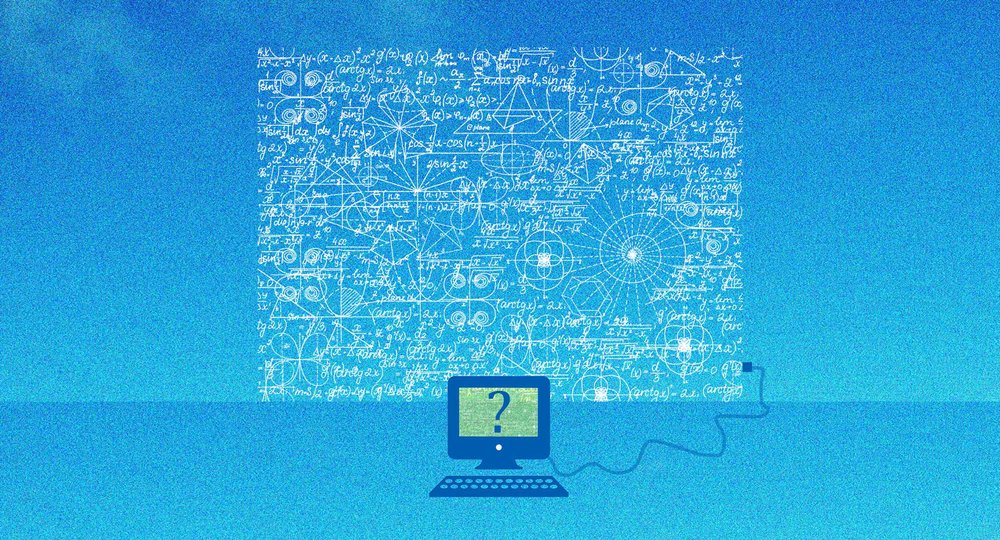 But what software can’t do is take the place of people communicating and understanding each other better. That’s process. That’s trust. That’s humans working together.
But what software can’t do is take the place of people communicating and understanding each other better. That’s process. That’s trust. That’s humans working together.
I think that’s one of the biggest problems that I see when people look at how to approach software. They seem to think that software can just solve it all. If they just had Salesforce, or Netsuite, or this product, then everything would run better. But software needs to be set within a process that works—a process of how people work together.”
***
Read more: The Problem With Plugging In: The solar software conversation no one wants to have, but everyone needs
7) What is the future of solar? What role will brands play?
Georg Bettenhauser – Trina Solar: “In comparison to the cost reduction “road” we’ve traveled in high-tech in past decades—the squeezing out of any form of unearned margin from the value chain where no one (manufacturers, distributors, and installers alike) gets paid for anything that doesn’t add value—solar is still in the early stages of this “journey”. There are still a lot of hands in the pie, a lot of inefficiencies, but this is an unavoidable Darwinian process that will sort itself out over time.
So once equipment gets cheap, simple, and capable enough, the economics of taking control of your energy future will become a no-brainer for the average homeowner. And the local installers will have volumes to install. Maybe at lower margins, but definitively faster, with less labor and at lower overall costs, driven by improvements and simplification of the equipment.
 Tom: So if they’re just installing a simplified system, is providing the right customer experience going to be the big differentiator for the contractor?
Tom: So if they’re just installing a simplified system, is providing the right customer experience going to be the big differentiator for the contractor?
Georg: Absolutely.. The biggest cost for the national residential installers today is customer acquisition. For the local, “long tail” installer, if they’re growing smartly (by this I mean “organically”) their biggest sources of new business come from referrals—from happy customers. And again, here’s where the manufacturer’s brand comes increasingly into play.
Tom: We might also think of buying a car?
Georg: Yeah. If Bob tells his buddy John, “I just had a BMW system installed and I totally love it!” John will say, “Which ‘BMW’ dealership did you go to?”
If a local installer is able to serve their customer well, and the customer has such a good “going solar” experience that they’re inclined to recommend them to their network of friends, they’ve succeeded.
On top of that, decreases in equipment costs will help. System-level, integrated equipment will help. The decline in third-party financing. The increase in loans… These are all “tail winds” for the “long tail” installer. Pun intended [laughs].”
***
Read more: The “Complete Solution” Journey: Consultative installers, consumption monitoring, the future of MLPE, and more, with Trina’s Georg Bettenhauser
8) Boaz on inventory management and efficiency
- “Carry at least enough inventory to satisfy your next set of jobs installed in any sequence.”
- “I would argue that if you are not striving for greater operational efficiency, your business is at significant risk. As product prices continue to drop, labor and overhead become a higher percentage of the cost of each job, and therefore more important to optimize.”
- “In the past few years, we have seen contractors who previously offered a range of options standardize on one or two modules and a single inverter solution. These companies report cost savings in design, permitting, inventory storage, and labor as a result.”
***
Read more: How Much Inventory Should a Solar Installer Carry? By Boaz Soifer
9) James Coombes’ rules of thumb for quality financing
James Coombes – American Renewable Capital: “We know that investors with capital are going to have very clear guidelines as to what kinds of customers they want, and what their credit criteria are. So the rule of thumb I give people is:
- You only want to deal with investors who want to see your financial statements first…
- And then, they only ask you to sign something at the END of the underwriting process—once you’ve been approved. You want to avoid people telling you to sign something first, and then say they’re going to figure it out on the back-end. And some people use different words and language for this, so you have to be careful.
- I’ll also say this: never sign a letter of intent. Real investors don’t need letters of intent. Does your mortgage banker ask you to sign a letter of intent? And then sit on your application for six months
- People with capital know what they can finance. You don’t need to sign a commitment letter. A lot of people sign a contract thinking they’re approved! Well, what that contract actually says is that they’ve got six months to go figure it out, and make sure all the other conditions have been met! Never do that!”
Tom: “So the quality investors will be upfront with you?”
James: “Yes. Investors that have money to put to work will be very clear about their customers, credit criteria, and will be the first ones who want to see your financials to make sure your customer can be approved. We want your dealers focusing their time on finaceable deals!”
***
Read more: No False Profits: Get financed and avoid pitfalls in the burgeoning commercial market with James Coombes, manager of American Renewable Capital.
10) Working with a marketer 101
1) Open up
Matthew Hirsch – Hirsch Media: “A lot of [contractors] feel like the things they do are proprietary.
There’s often a tug-of-war between marketers and their clients to free up information. But you’re not giving up any trade secrets if you say that you’re exploring a new mounting system! Or you’re exploring a new inverter, or you’re exploring a new module or software. There’s no secrets out there about what products are available.
It’s really worthwhile for solar contractors to open up about their processes—to talk about their products and services.”
2) Be savvy, don’t buy into hype, discover the problem you’re trying to solve
“Marketers really like to market themselves with opportunities that anyone can take advantage of.
These are the kind of catch-all solutions that cast a wide net around their customer’s goals. And I understand why that’s useful for service providers like myself, but it’s often dangerous to prescribe solutions before you diagnose the problem.”
3) Differentiation
“You can nail down what differentiates you—because something differentiates everybody. And if you don’t highlight what differentiates you, anyone who hears about you will just view your organization as an undifferentiated service provider.”
***
Read more: Tackling the Big ‘M’, Part I: Marketing Gold: Mission, Vision, and More with Matthew Hirsch
11) A podcast on building and keeping customer trust
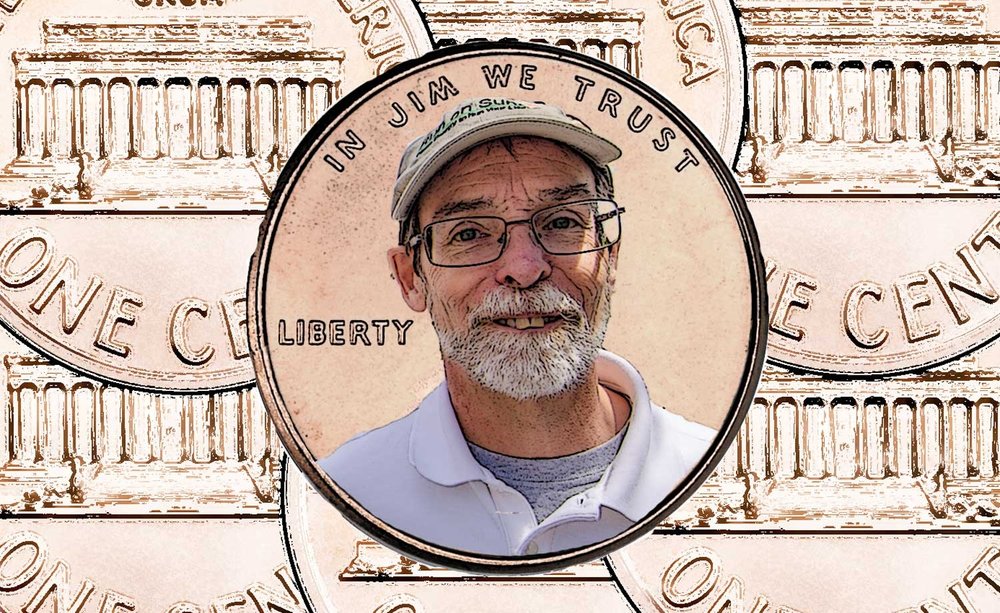 “By the time someone signs a contract with us they know exactly what they’re getting into. We want people to be as excited about going solar as we are about helping them do so.” – Jim Jenal
“By the time someone signs a contract with us they know exactly what they’re getting into. We want people to be as excited about going solar as we are about helping them do so.” – Jim Jenal
***
Listen now: In Jim We Trust: Solar contractor Jim Jenal shares his thoughts on how to build and keep customer trust during the buying process and beyond.
12) Get out of the race to the bottom – Podcast
Tom: Do you have any big takeaways from the discussion?
Boaz: The solar contractors in the audience were clearly seeking to control their own destiny. For example, I heard from several attendees about their desire to reduce reliance on outsourced leads and “grow up” their own lead generation capabilities and web expertise. That was interesting and gratifying to see. I think organically growing a contracting business is essential to reducing soft costs.
There was also a theme of the panelists encouraging contractors to be themselves – that brand is driven by values, and that attracting, engaging, and retaining good employees depends on embodying those values with integrity. That is a great message to hear – it’s so fundamental to long-term business success in any industry.
***
Listen now: SPI Podcast – Getting out of the Race to the Bottom: Ideas and solutions to help contractors escape the trap of competing solely on price.
